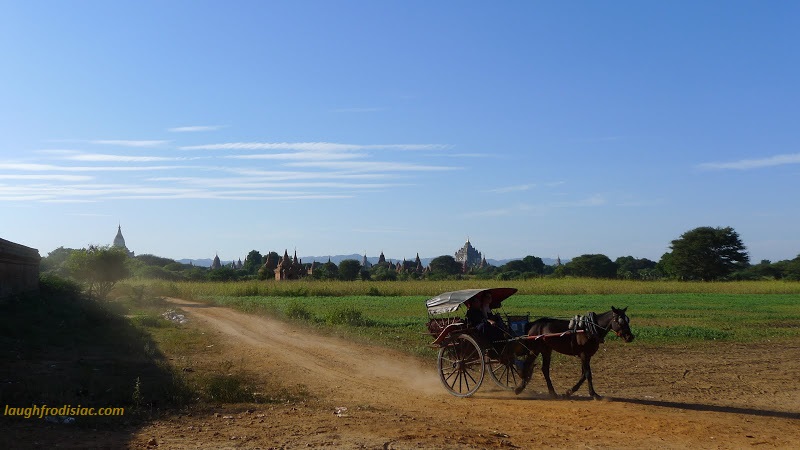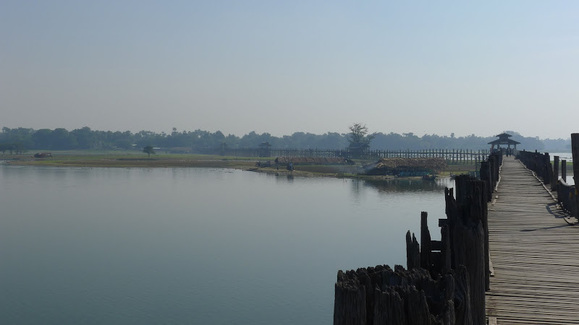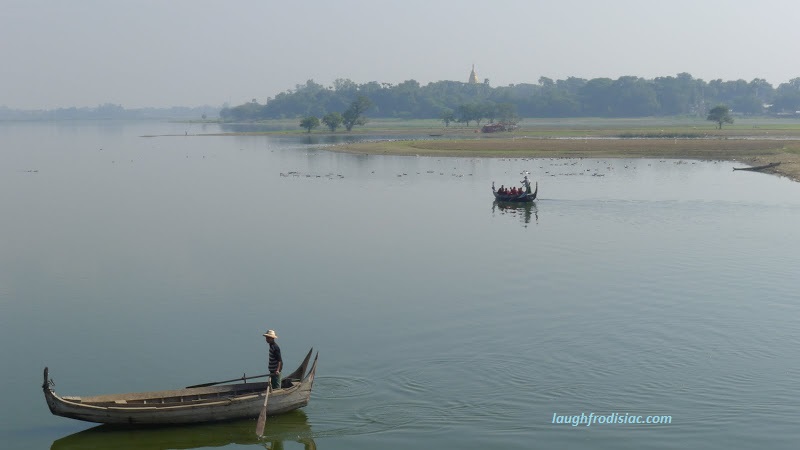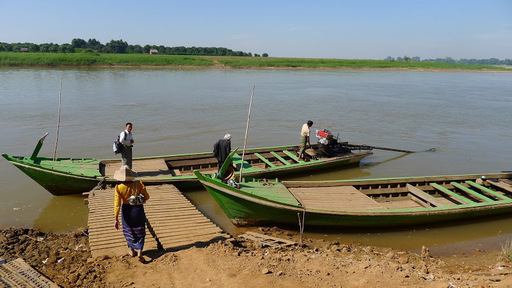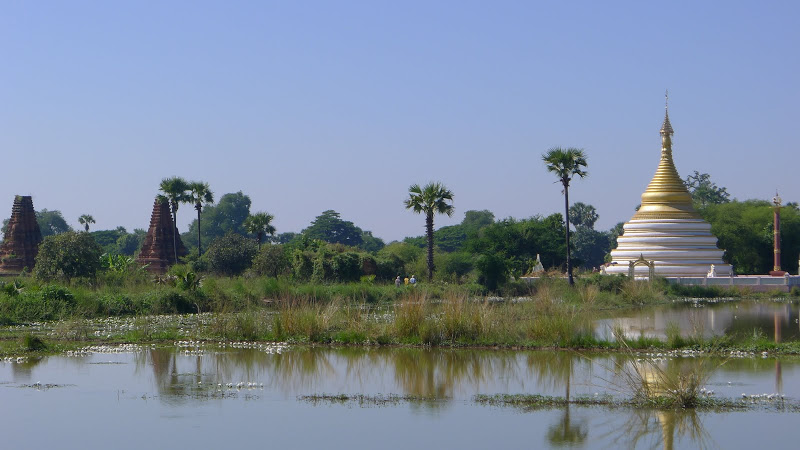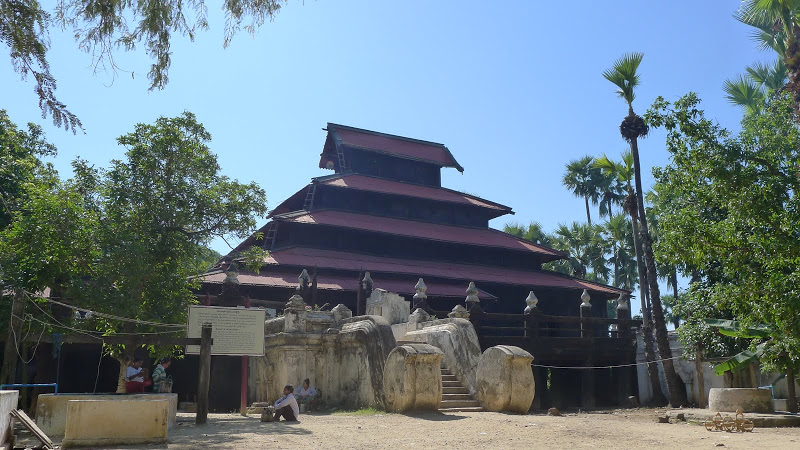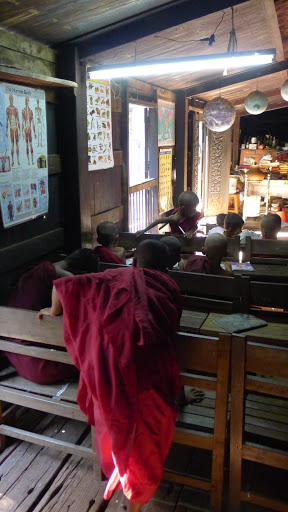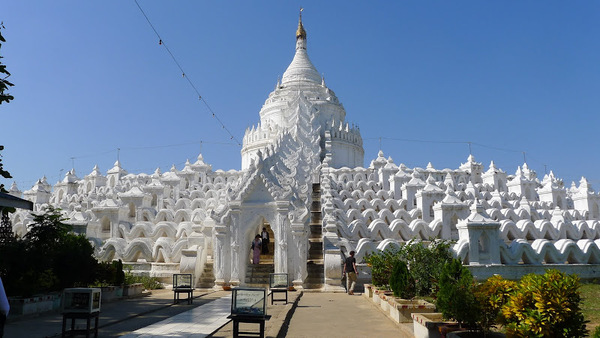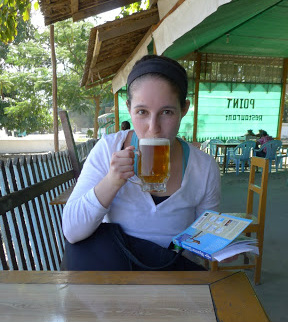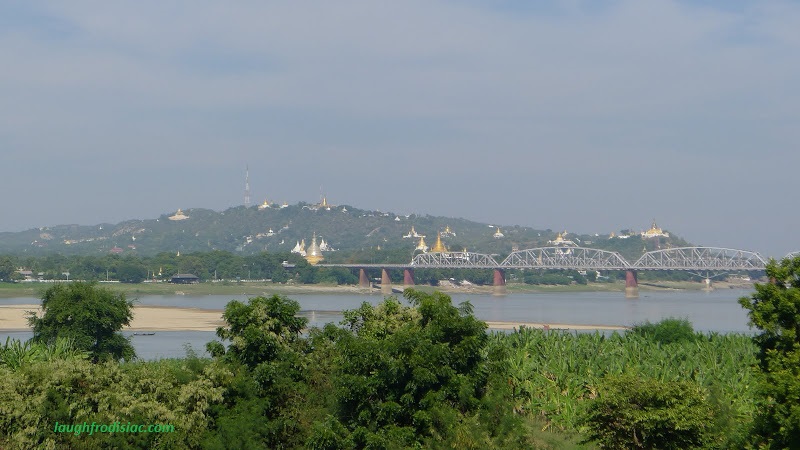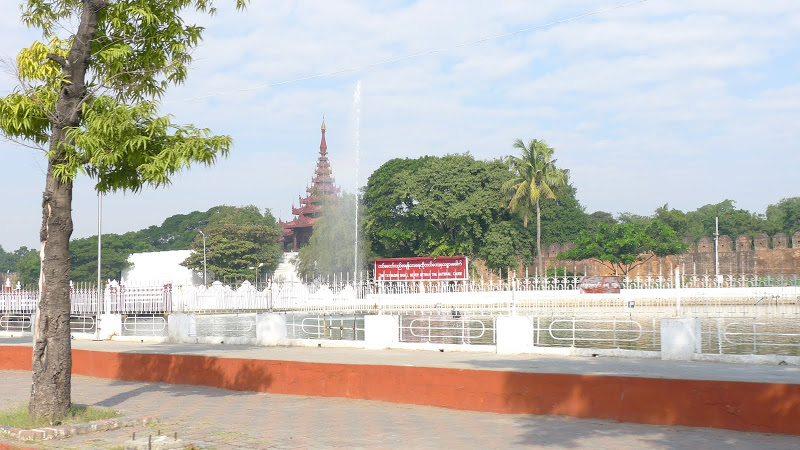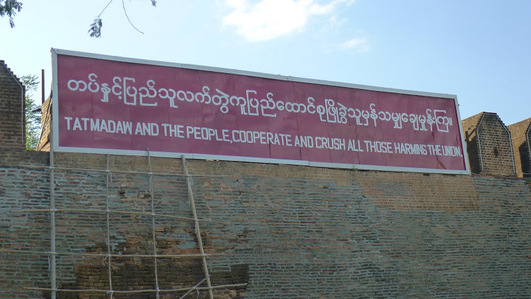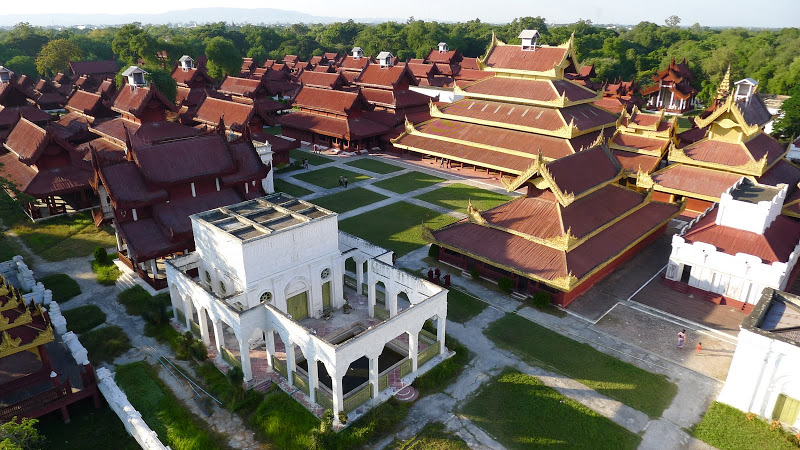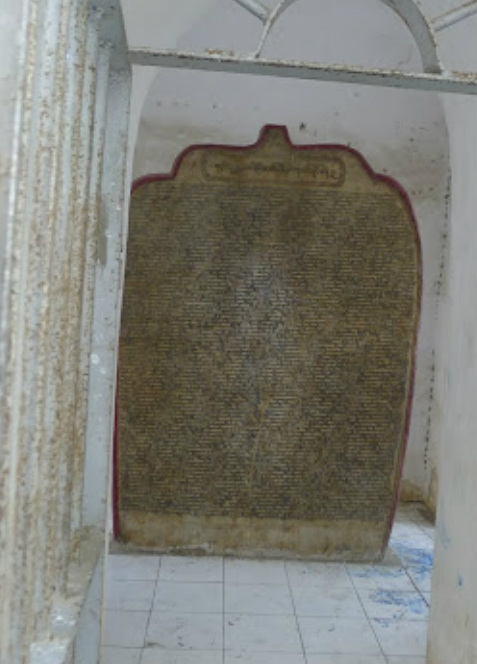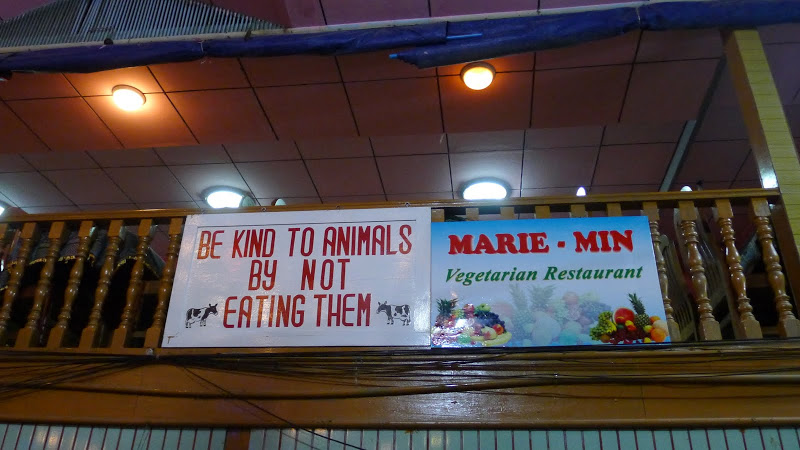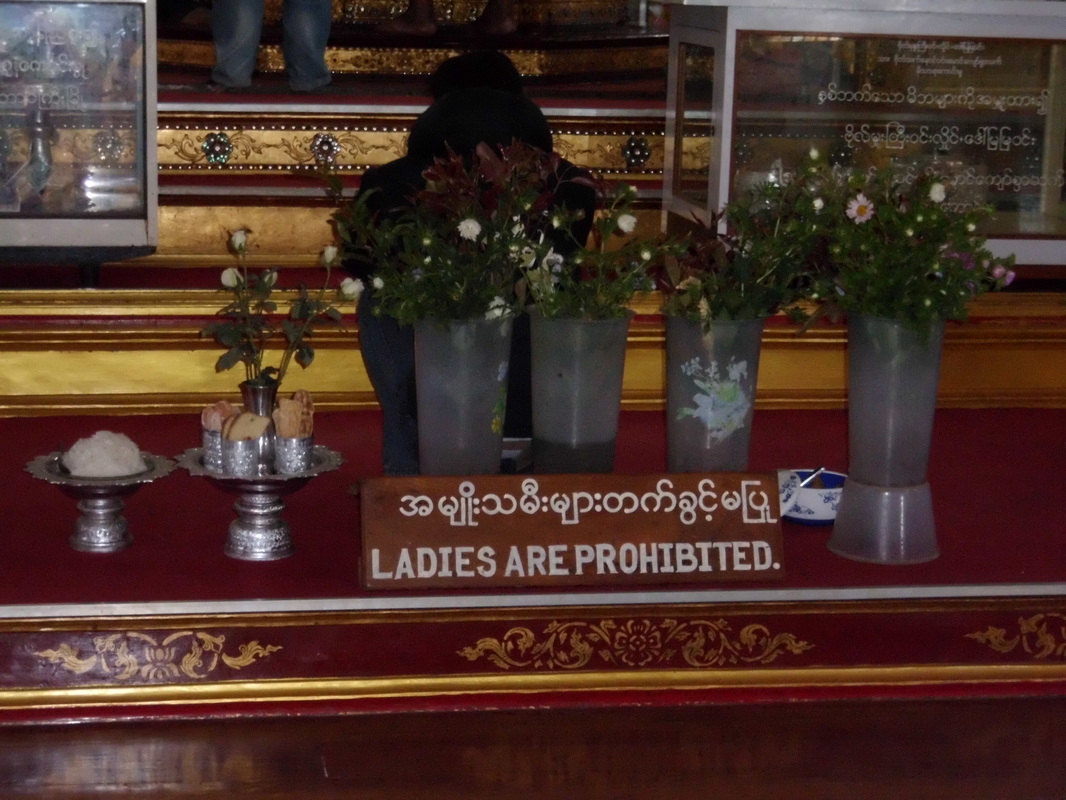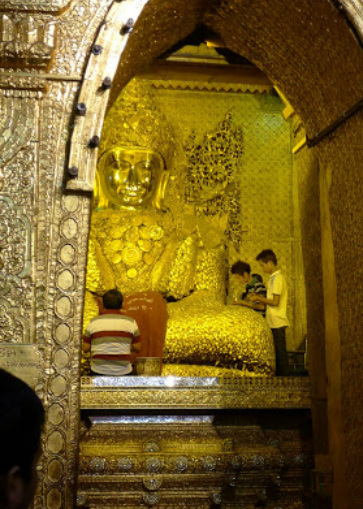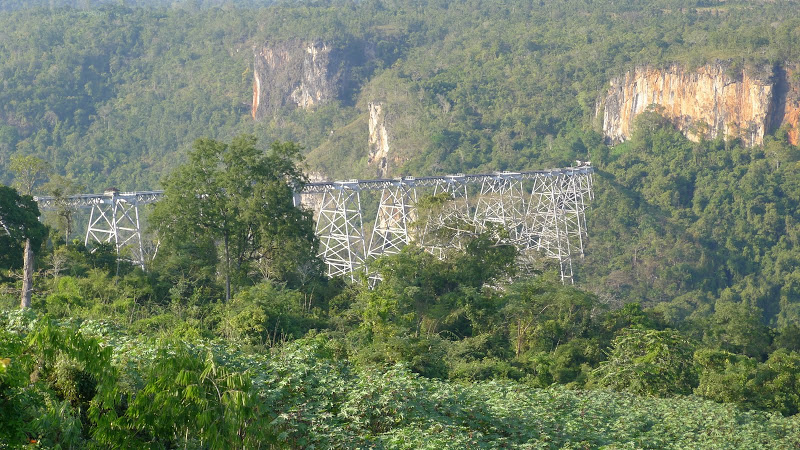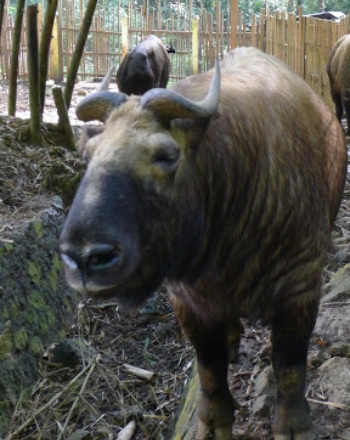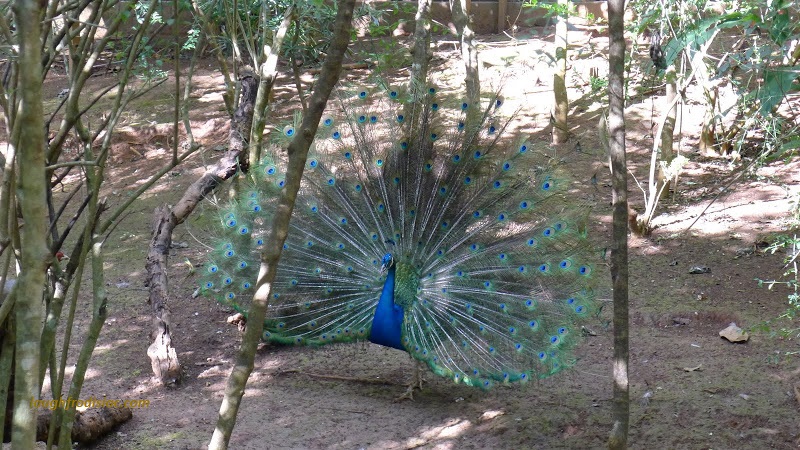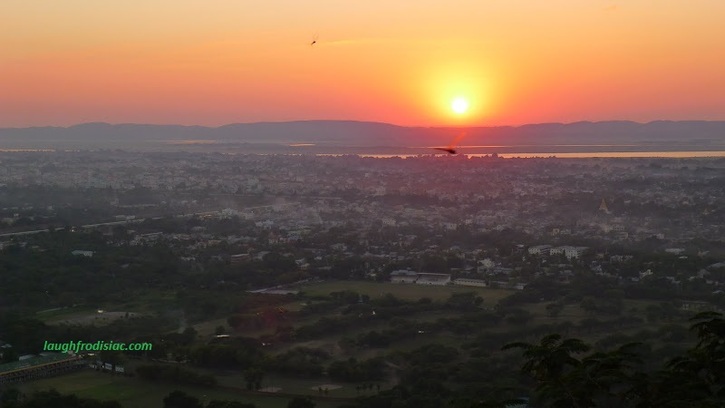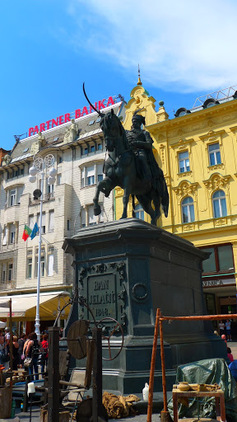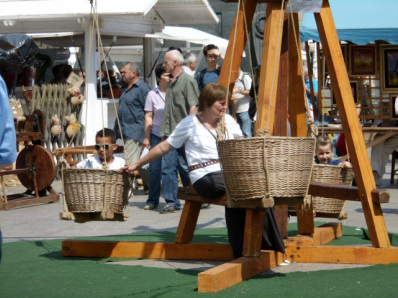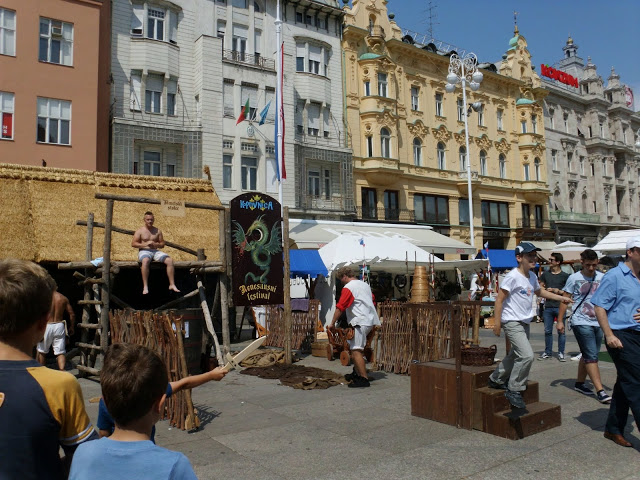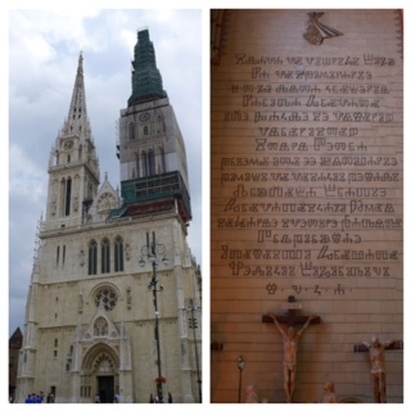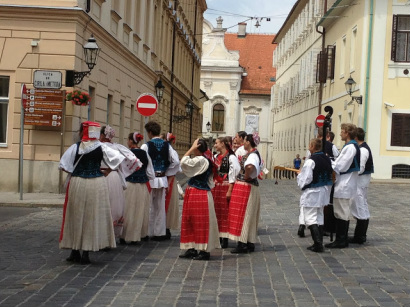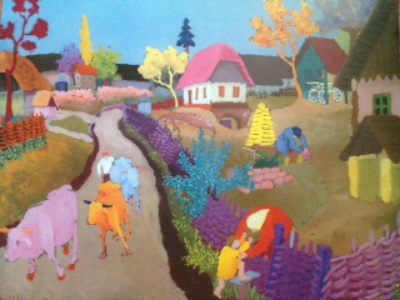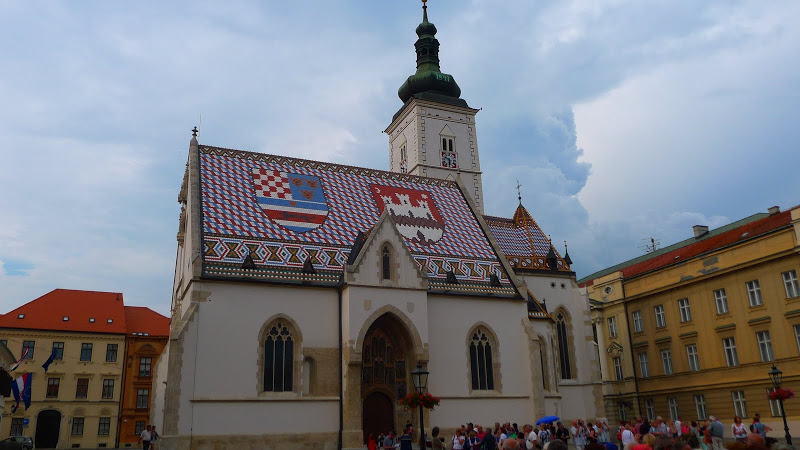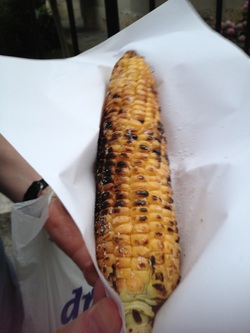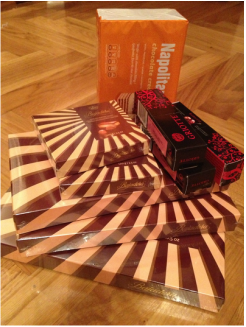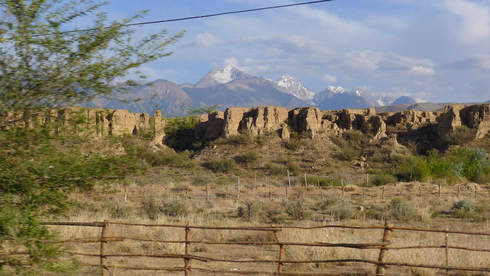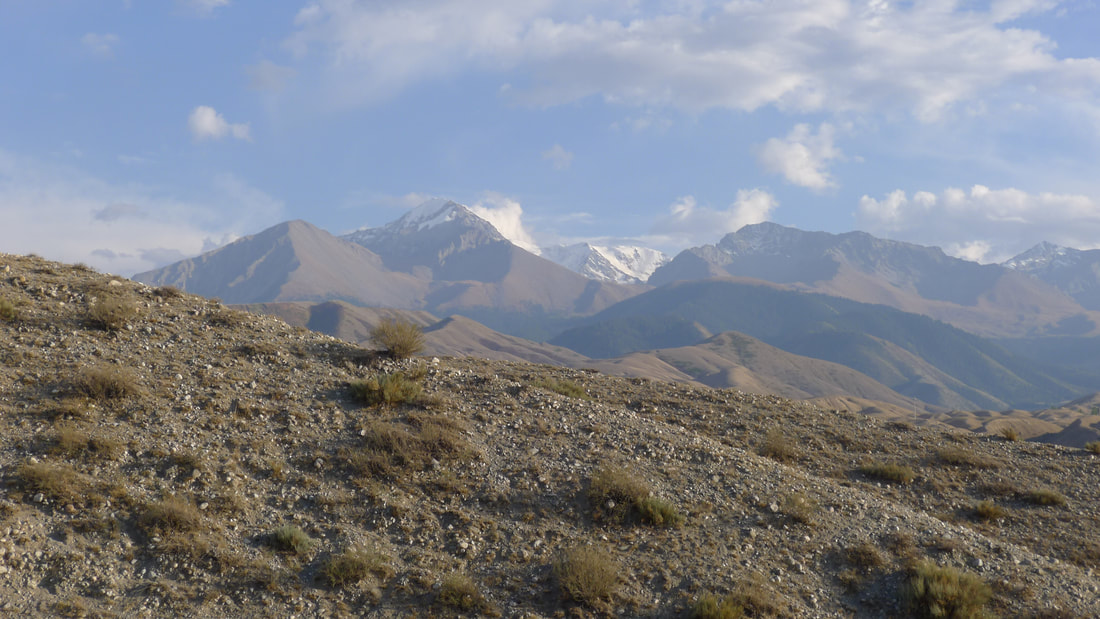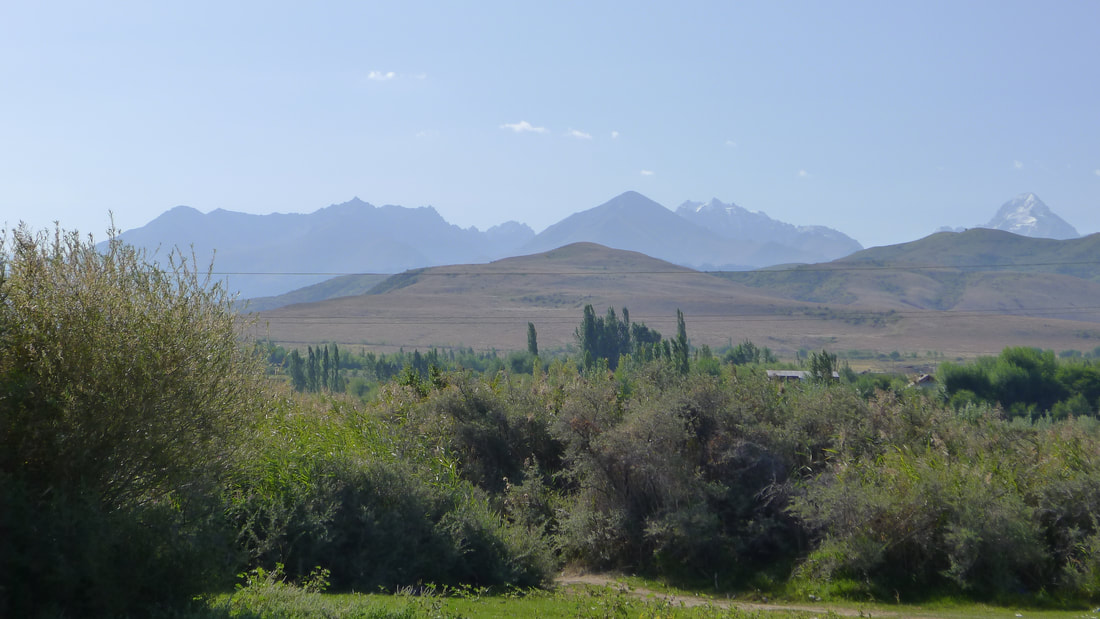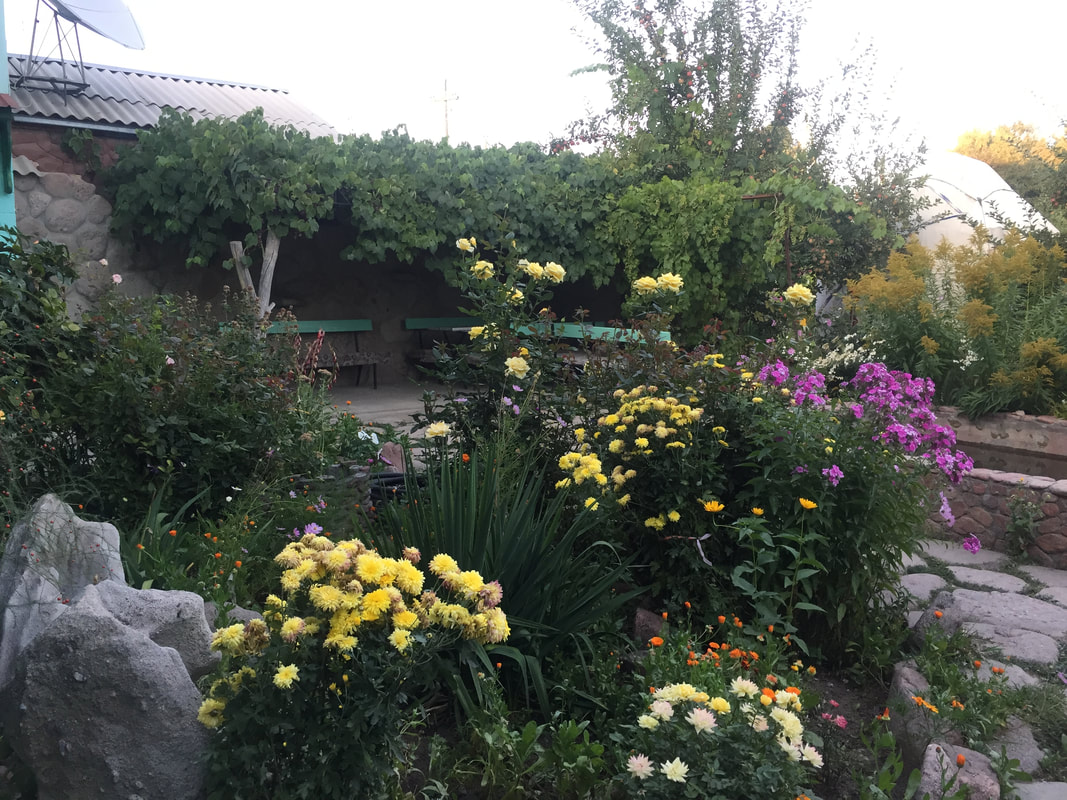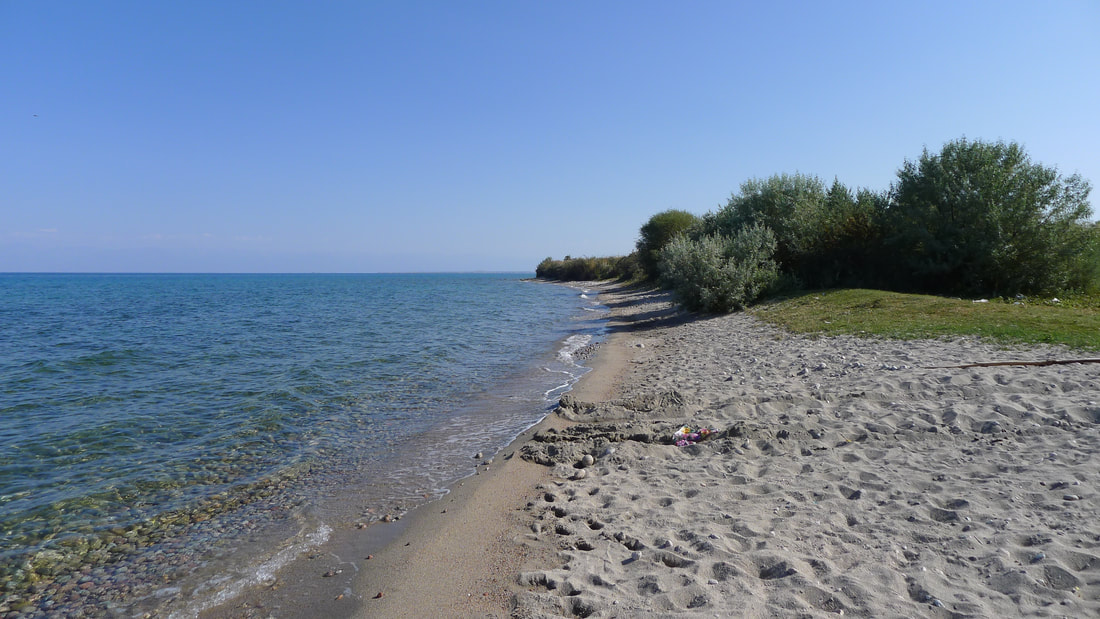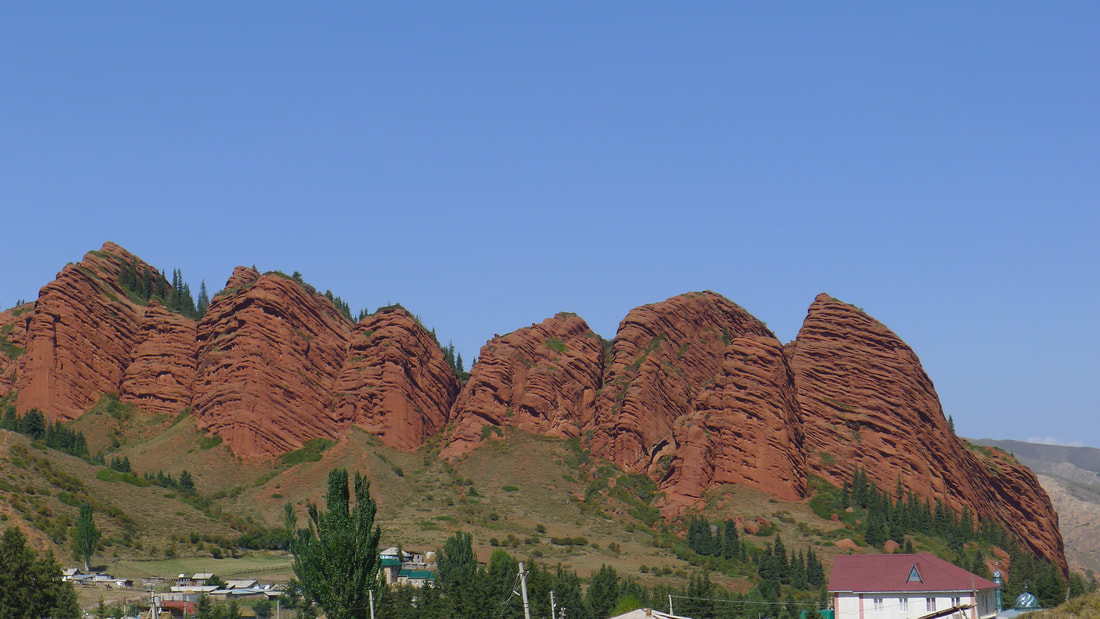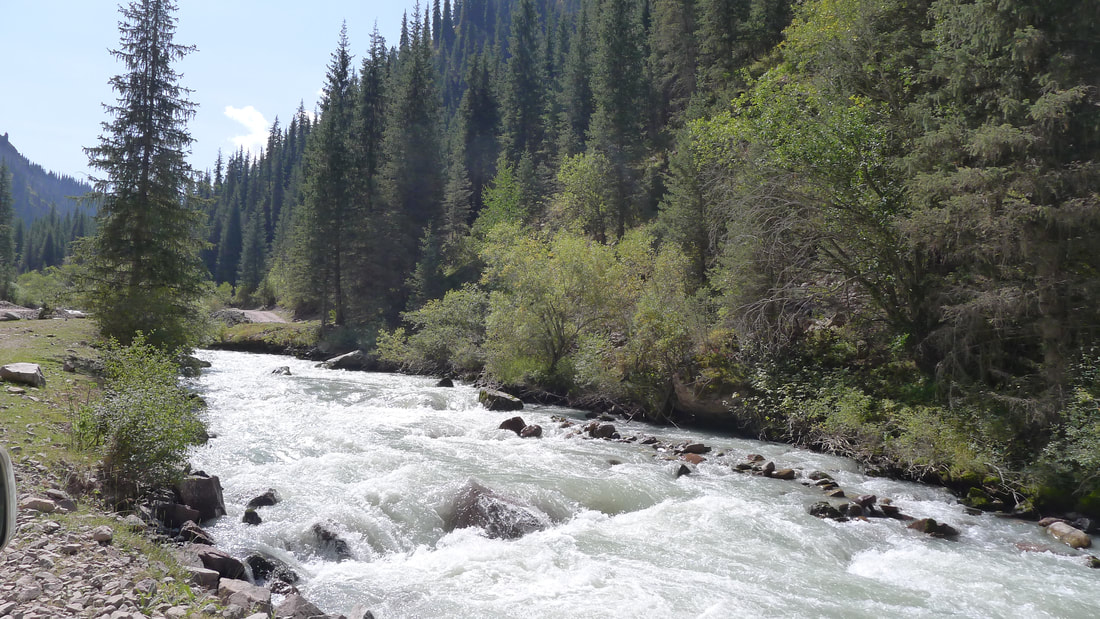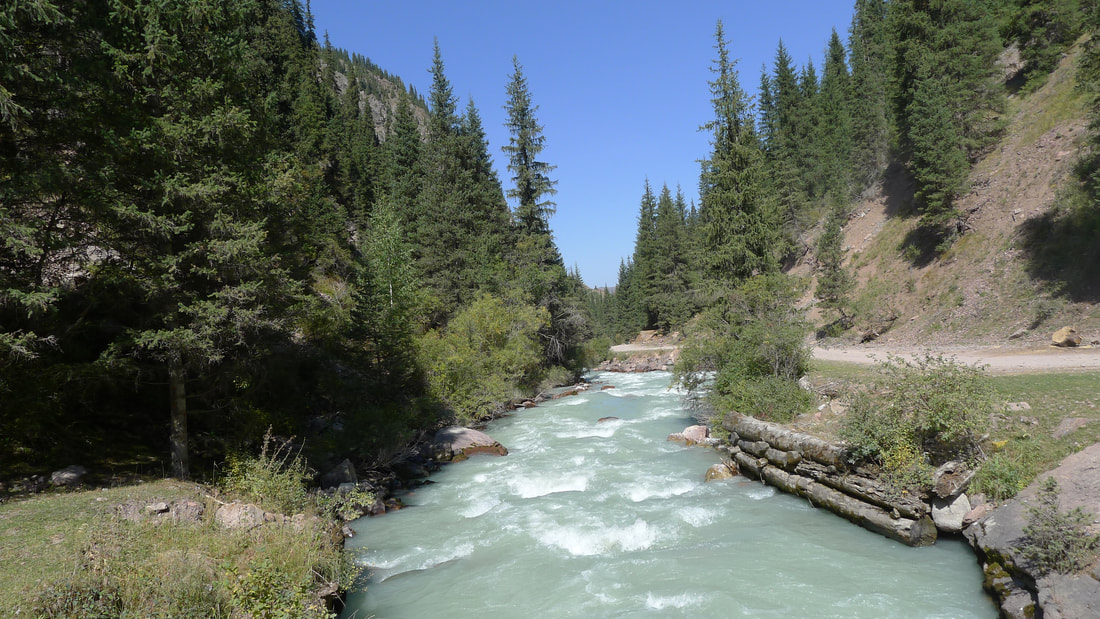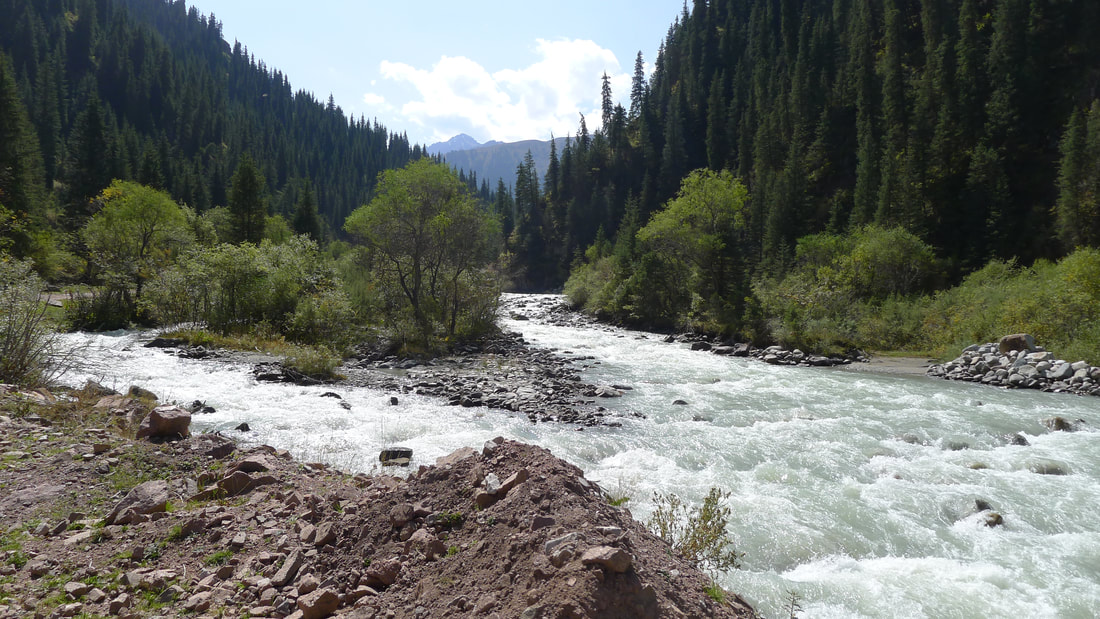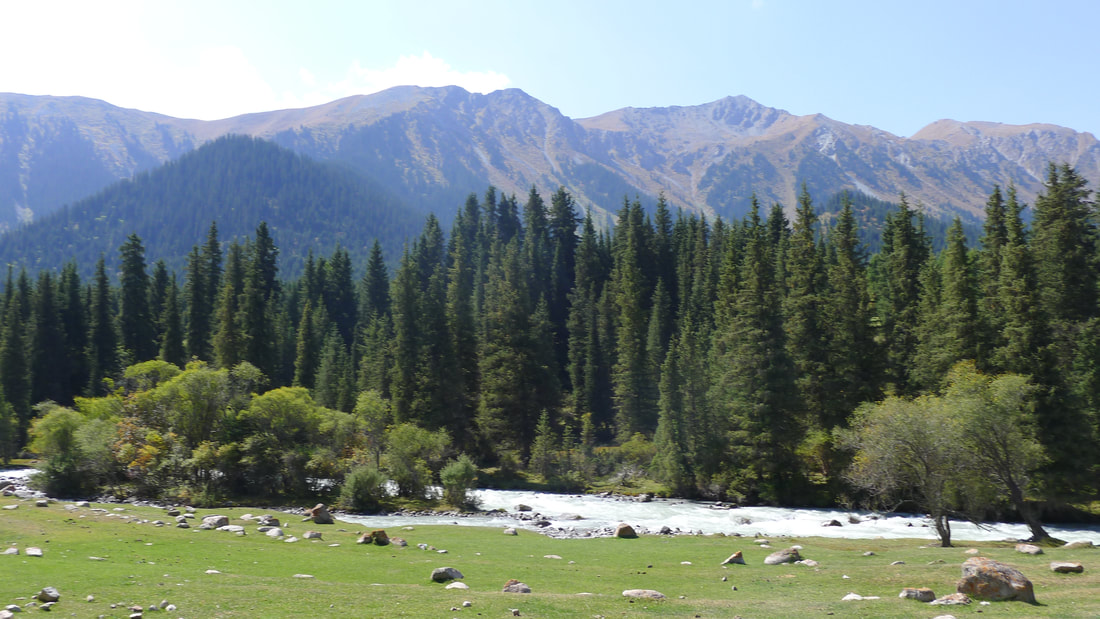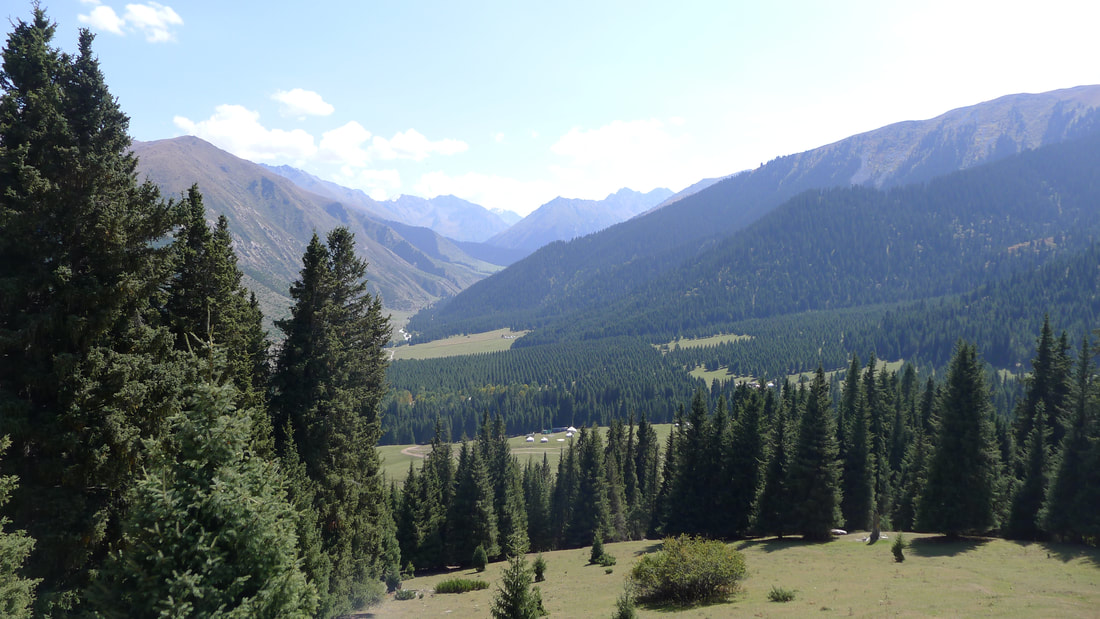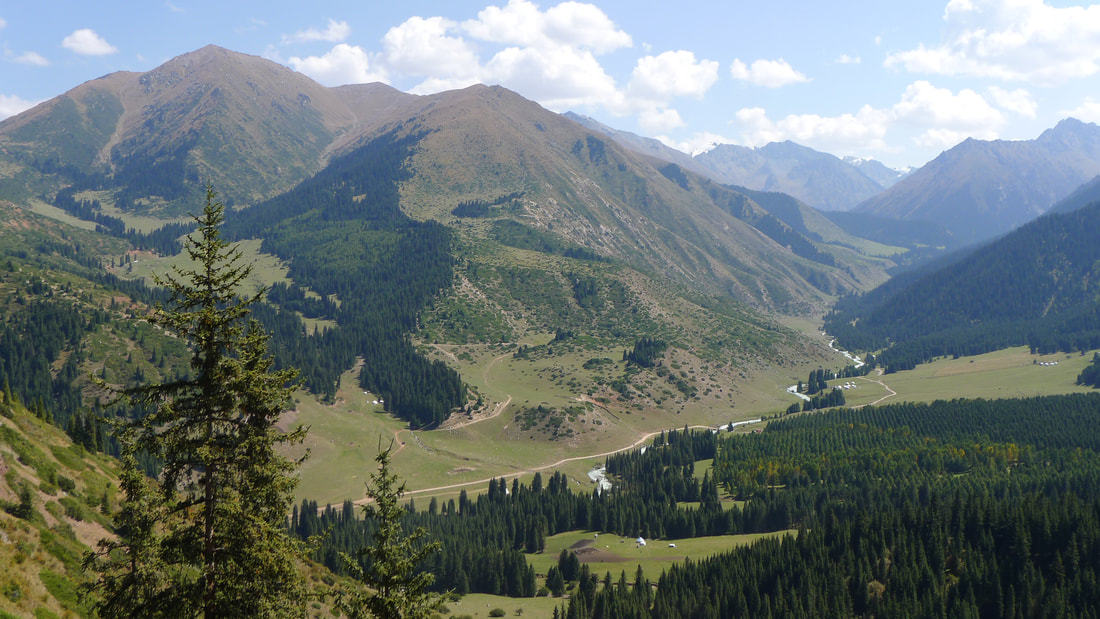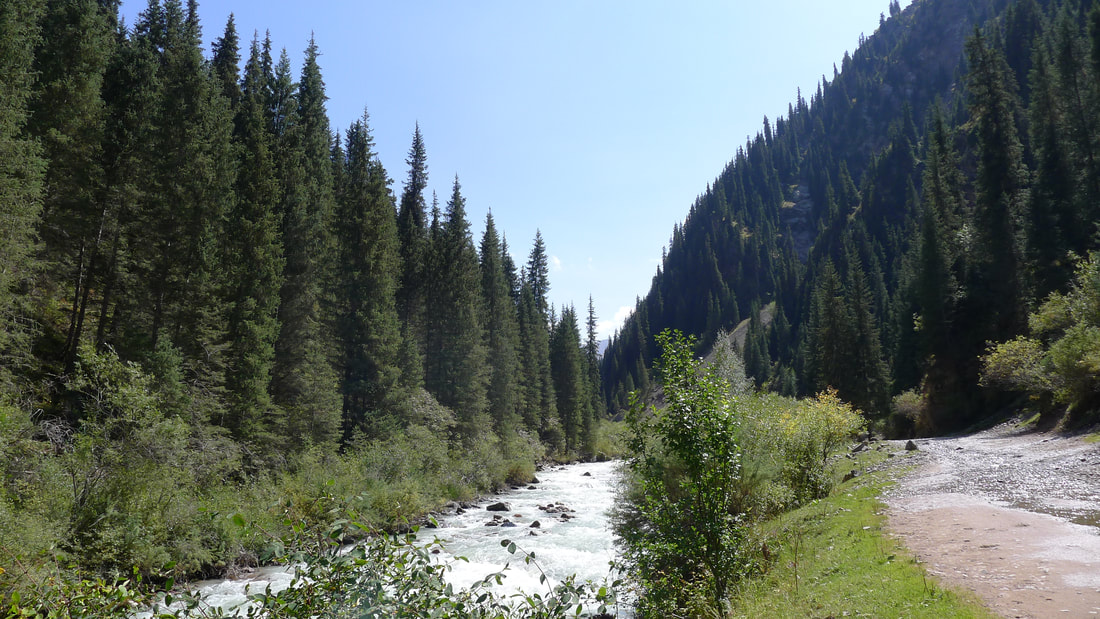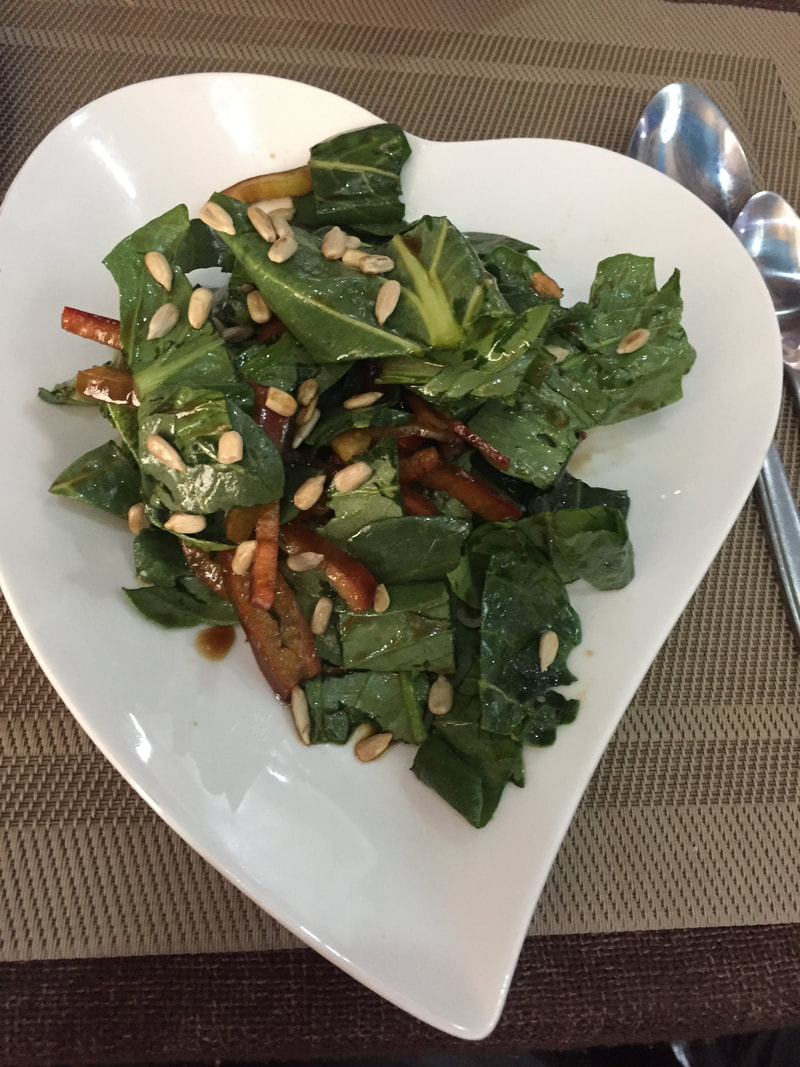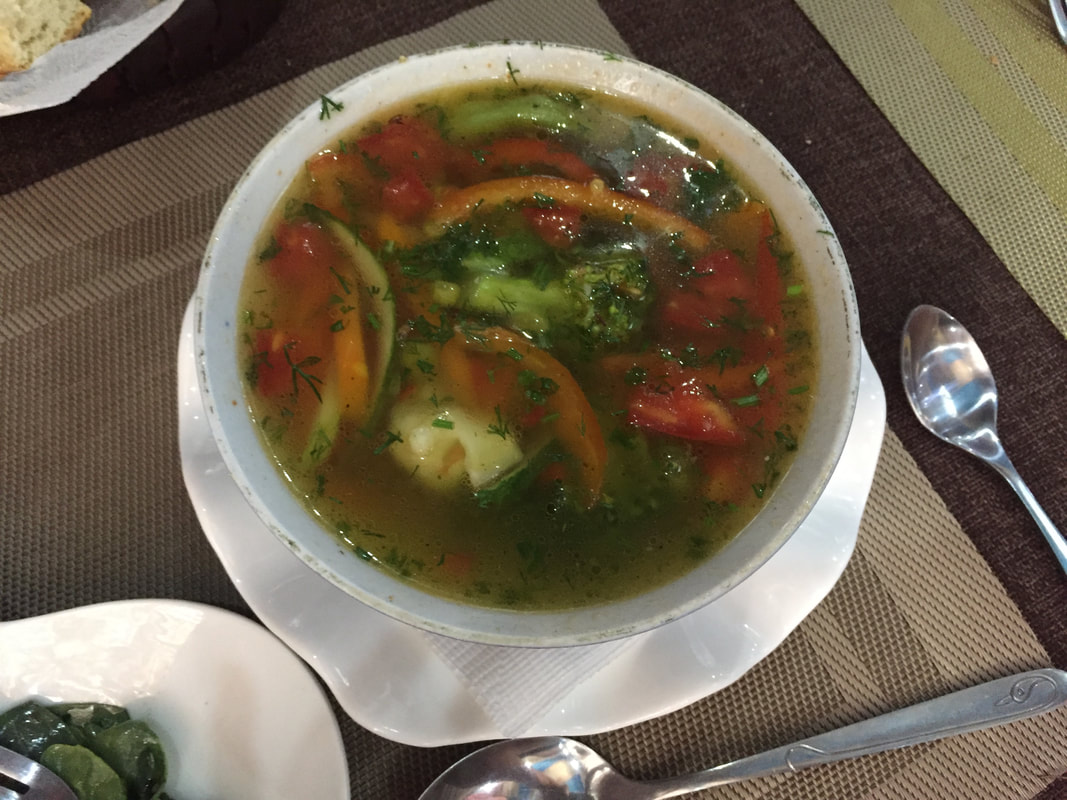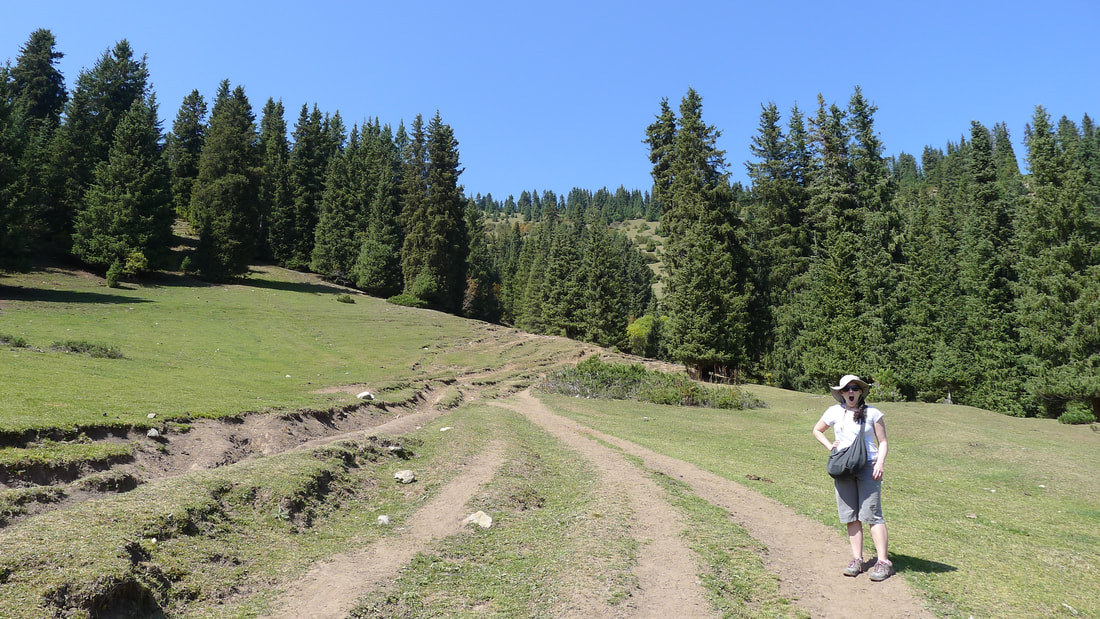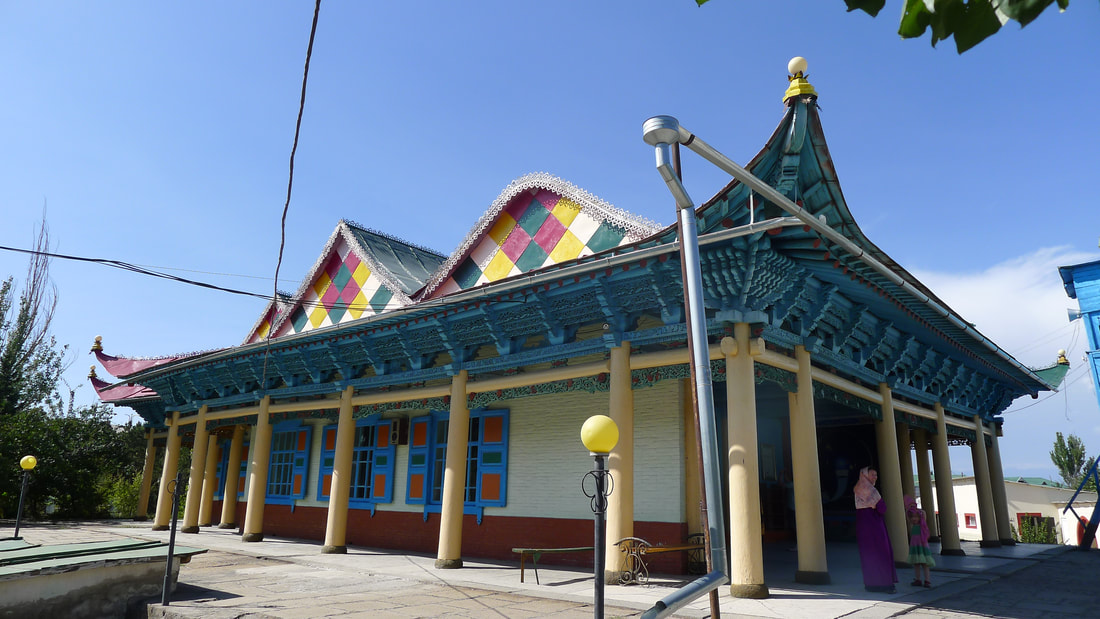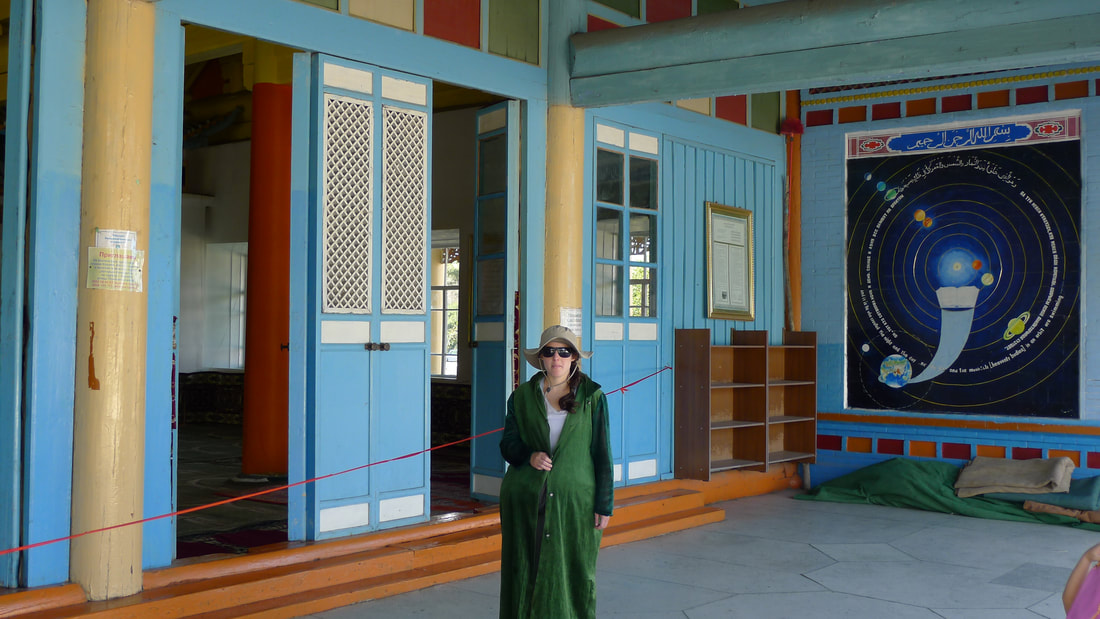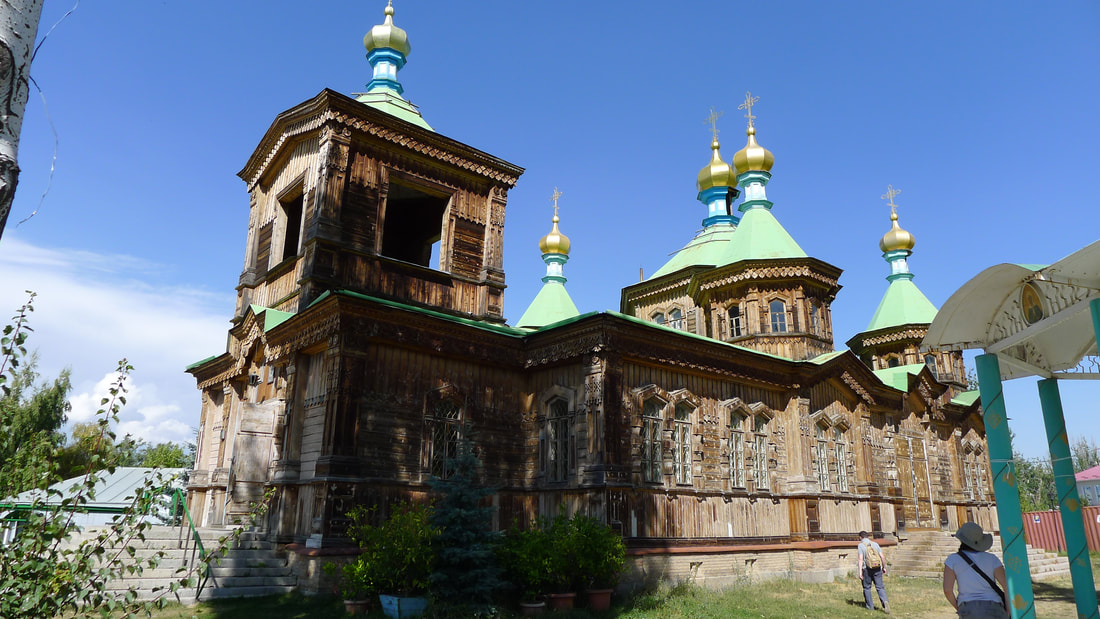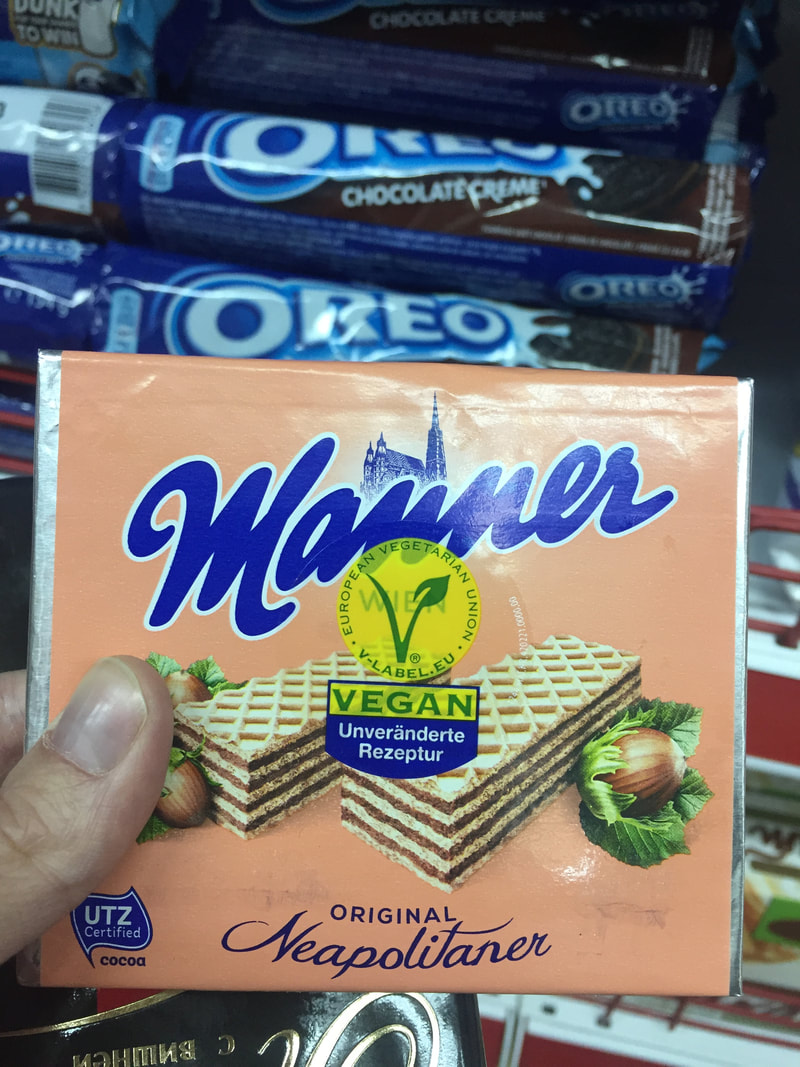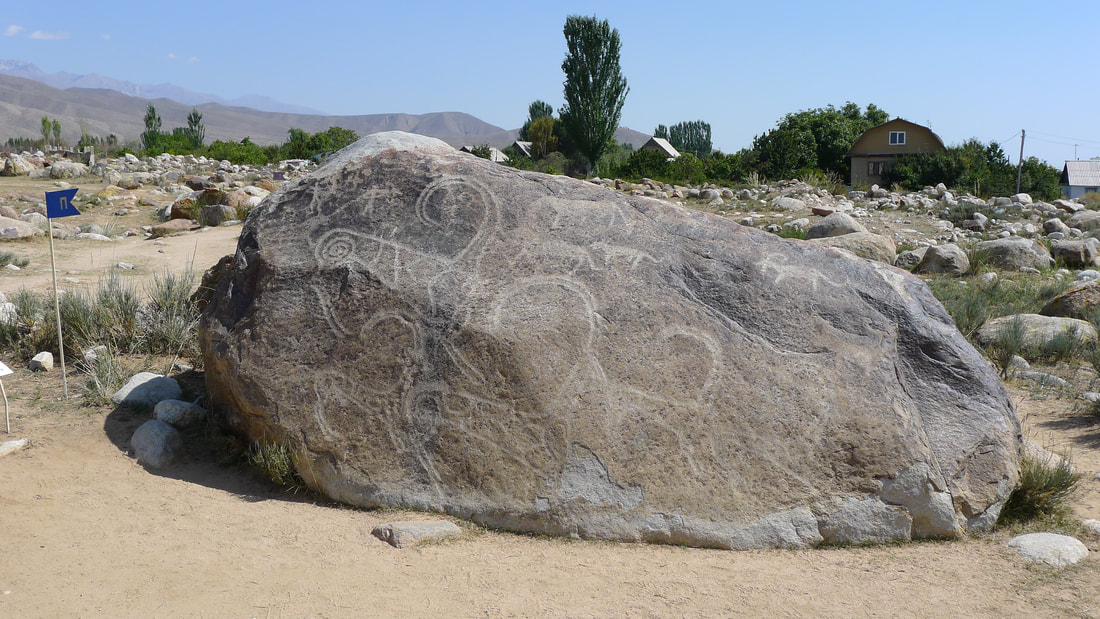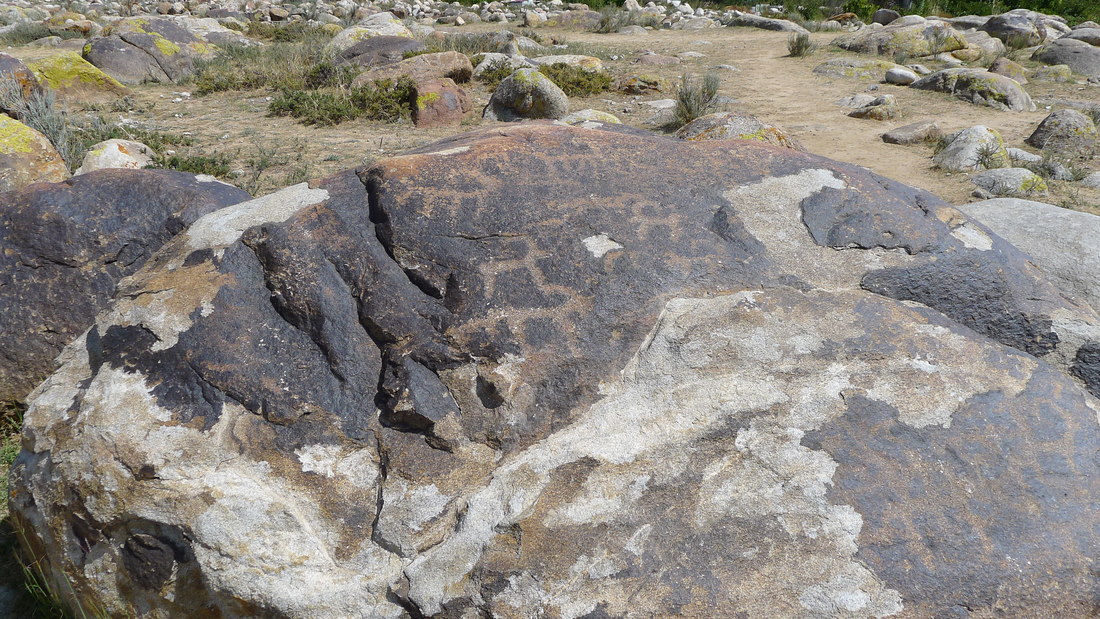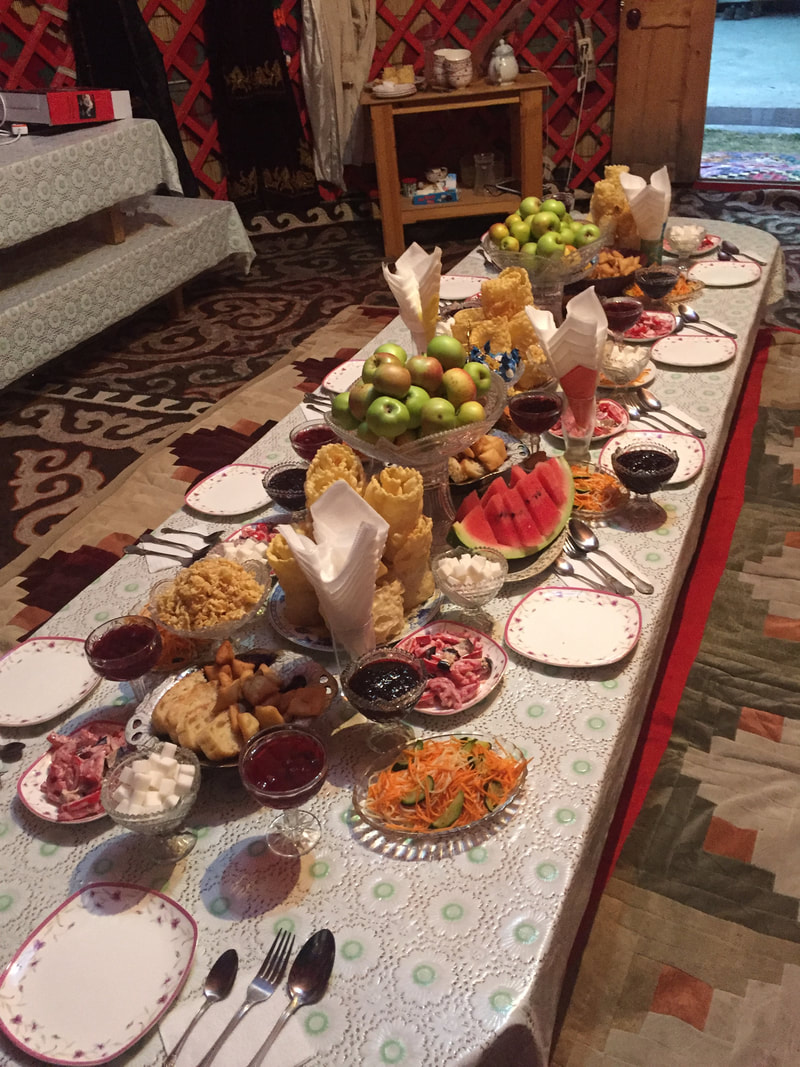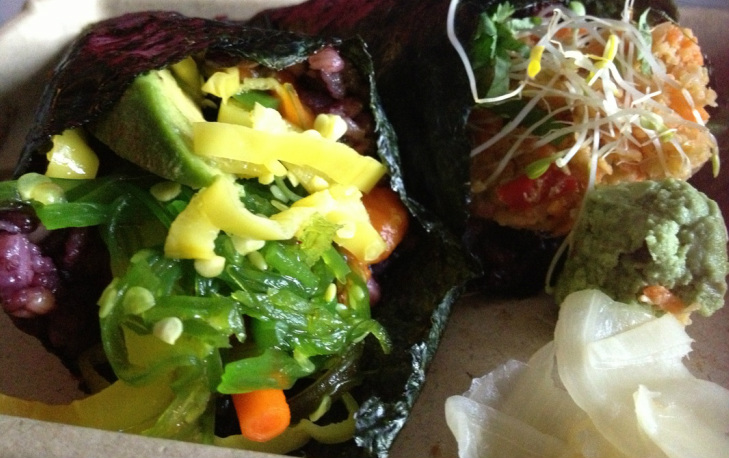 Veganizing "Friends": The Joey Special!!!by Randi / September 9, 2013
Veganizing "Friends": The Joey Special!!!by Randi / September 9, 2013By the old Moulmein Pagoda, lookin’ lazy at the sea,
There’s a Burma girl a-settin’, and I know she thinks o’ me;
For the wind is in the palm-trees, and the temple-bells they say:
“Come you back, you British soldier; come you back to Mandalay!”
Come you back to Mandalay,
Where the old Flotilla lay:
Can’t you ‘ear their paddles chunkin’ from Rangoon to Mandalay?
On the road to Mandalay,
Where the flyin’-fishes play,
An’ the dawn comes up like thunder outer China ‘crost the Bay!
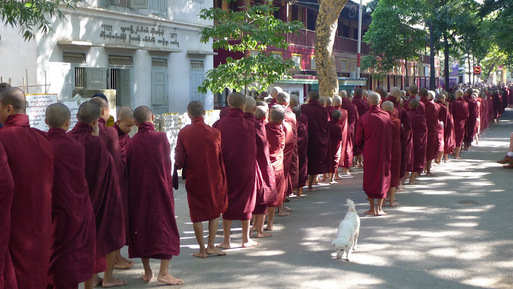 The line for lunch at Mahagandayon Monastery
The line for lunch at Mahagandayon Monastery
WARNING: Due to the whole ‘for visiting/not for living’ setup and the whole rural, unkempt land thing, Inwa has no roads, no cars, and isn’t very walkable. The only way people get around is by horse cart. Upon landing on the Inwa riverbank and seeing what our guide was leading us to, I was vehement about absolutely not forcing a horse to cart me around. I tried to find a bike or something, anything else to use to get around. But after some effort, we learned that the choice was either to use the horses or to skip the visit. So, we went. Hard decisions regarding cultural clashes with veganism always come up when traveling, and I guess I was lucky that this was the worst one I faced in Burma. I still feel badly about it, but I’m not sure skipping Inwa would have been the right decision.
The guide didn’t speak English and didn’t understand what my problem was, so she thought I was scared of horses, and throughout the day kept holding my hand and stuff. It was weird.
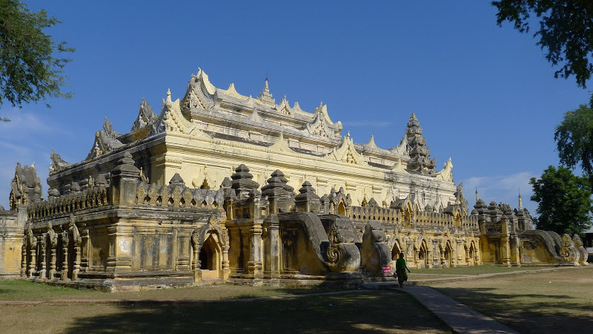 Maha Aung Mye Bon Zan Monastery. Much bigger in real life
Maha Aung Mye Bon Zan Monastery. Much bigger in real life
The last great sight in Inwa was the Bagaya Kyaung Teak Monastery, another teak wood wonder.
|
This beautiful monastery had a little classroom inside! We spied on some future monks as they learned. So cute.
After Inwa, we visited Mingun, one of my favorite stops in this region. I like to think that I loved Mingun for its wondrous temples and monuments and not just because it’s where I ate my first custard apple, the most delicious thing in the world. |
Mingun also has the world’s largest uncracked bell, a distinction I appreciated as a Philadelphian. Visitors can ring the Mingun bell by smacking it with a big piece of wood. It’s harder than it sounds, and when you do it you look ridiculous, hence no pictures.
Besides perfect custard apples, Mingun’s other culinary claim to fame is its spirulina beer on tap. As a vegan, I’m pretty hip to the spirulina, so I had to try this even though I despise beer. You know what? It tasted like kombucha!
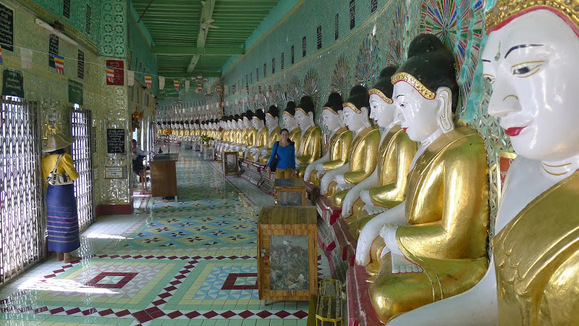 One of these is not like the others
One of these is not like the others
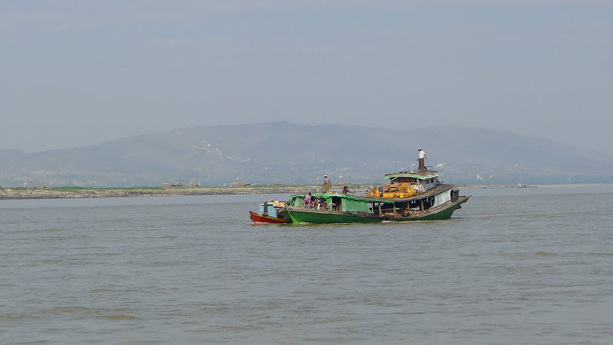 This was not our boat, but ours was pretty similar
This was not our boat, but ours was pretty similar
Thankfully, the rest of Mandalay was pretty welcoming, although not very comfortable. It’s a very dilapidated city, with makeshift sidewalks built by laying stone planks down over holes in the ground. I near sprained my ankles multiple times. So, in summary, tread carefully around Mandalay!
You’ll likely visit the Mandalay Palace, the royal residence of the last two kings of Burma. Most of the grounds were destroyed during World War II, so this is a replica.
|
My favorite pagoda in Mandalay was Kuthodaw Pagoda, better known as The World’s Biggest Book. Separate little huts house single (huge, stone) pages of the book, and with more than 1000 pages, you probably won’t get to see all of it. Biggest book indeed! This is such a cool sight.
|
We also saw this peacock! How gorgeous is that! I had never before seen a peacock do its dance before. Love it!
Stay tuned for the last leg of my travels through Myanmar, to come next week.


